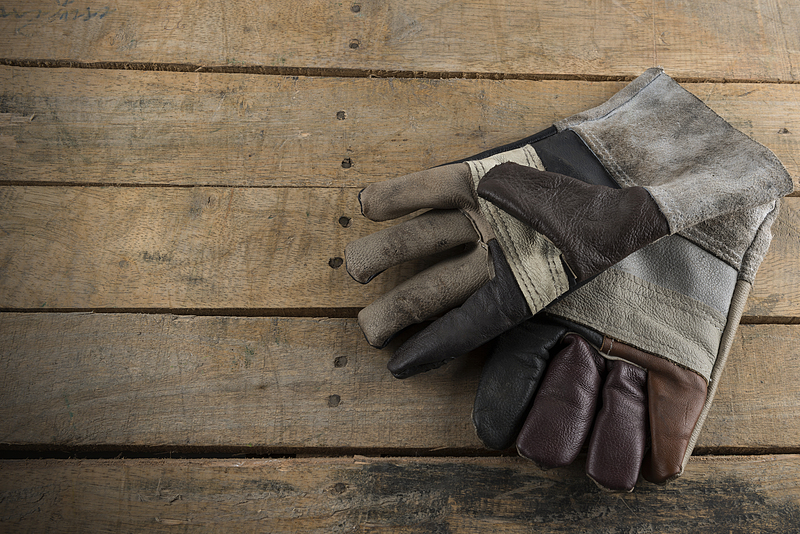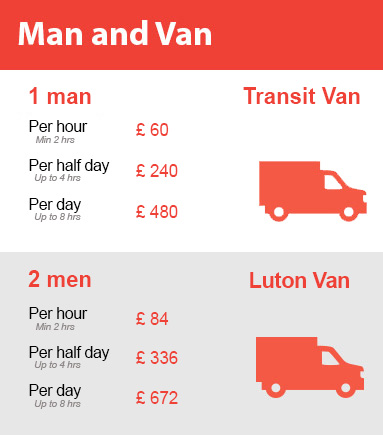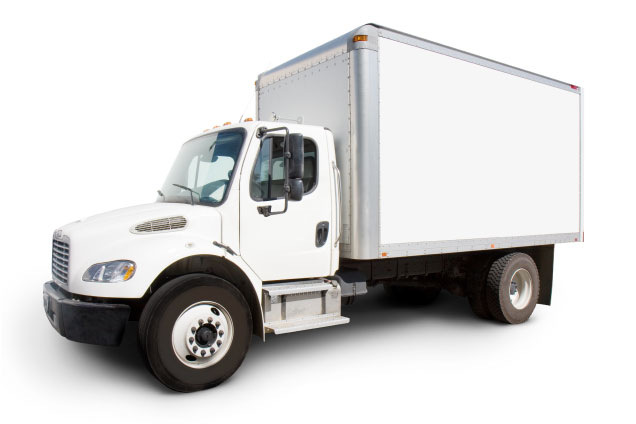Harmonious Relocations: DIY Piano Moving Pitfalls
Posted on 22/05/2025
Harmonious Relocations: DIY Piano Moving Pitfalls
Piano moving is an art and a science. Whether you're transitioning to a new home, studio, or concert hall, relocating your cherished piano is a task that calls for careful planning, delicacy, and sometimes, professional expertise. You may be tempted to tackle the move yourself to save on costs, but beware--the path of DIY piano moving is fraught with potential peril for both your instrument and your wellbeing.
In this comprehensive guide, we will outline the key risks and challenges associated with moving a piano by yourself, offer safety tips, and help you determine when it's best to call in the professionals. By the end, you'll understand why harmonious relocations require more than just muscle.

Understanding Pianos: Not Just Another Piece of Furniture
At first glance, a piano might seem like a hefty piece of furniture. However, nothing could be further from the truth. These majestic instruments combine complex engineering, intricate craftsmanship, and delicate materials--all of which can be easily damaged during a move.
What Makes Pianos So Delicate?
- Sheer Weight: Upright pianos weigh between 300 and 500 pounds, while grand pianos can tip the scales at 1,000 pounds or more.
- Complex Mechanics: Pianos contain thousands of moving parts, many of which are fragile and susceptible to misalignment and breakage.
- Irreplaceable Wood and Finish: The wood veneer, lacquer, and internal components can be scratched, cracked, or warped with rough handling or environmental changes.
With this superior sensitivity in mind, attempting a DIY piano move becomes a daunting proposition. Let's dive deeper into the main pitfalls of amateur piano relocation.
Top Pitfalls of DIY Piano Moving
1. Underestimating the Weight and Balance
A piano's weight is not evenly distributed--most of it is focused around the keyboard and the iron frame supporting the strings. Improper lifting can cause the piano to tip suddenly, resulting not only in property damage but also in severe personal injury.
- Back injuries, crushed fingers, and sprains are common among untrained movers.
- Pianos have a high center of gravity and can easily topple, especially during steps, sharp turns, or awkward maneuvers.
2. Using Inadequate Equipment
Many people think a few strong friends and a dolly suffice. In reality, moving a piano safely requires specialized tools and accessories:
- Piano dollies and moving straps designed to distribute weight and stabilize the instrument.
- Padded covers and blankets to protect the finish from scratches, nicks, and dents.
- High-quality ramps and stair climbers to navigate flights of stairs without jarring the fragile interior.
Using ordinary equipment or cutting corners typically leads to costly damage.
3. Inadequate Planning and Preparation
Before embarking on a DIY piano moving project, preparation is vital. Many DIYers neglect to measure doorways, hallways, or stairwells, leading to stuck or jammed instruments. This frequently results in:
- Scraped walls and woodwork
- Damaged keys or pedals
- Irreparable harm to the piano's structure
Assess all entry and exit routes--often, unexpected obstacles such as tight corners or small elevators thwart even the best-intentioned plans.
4. Environmental Hazards
Pianos are incredibly sensitive to changes in humidity, temperature, and vibration. During a move, they can suffer:
- Wood warping or cracking, especially in extreme weather
- Action mechanism misalignment due to jarring movement
- Tuning stability loss, requiring professional regulation
Lack of environmental control can turn a harmonious move into a discordant disaster.
5. Inadequate Manpower
Even with a team of helpers, lack of experience can lead to mistakes. Proper coordination is crucial to keep the piano balanced at all times. Untrained hands often move too fast, too slow, or in conflicting directions, making mishaps inevitable.
Remember: The path is as important as the destination in a successful piano relocation.
Consequences of DIY Piano Moving Failures
The risks of moving a piano yourself go beyond scrapes and bruises. Let's explore the potential consequences of a botched DIY moving job:
- Instrument damage that can cost thousands to repair--or can render your prized piano unplayable.
- Accident and injury: A falling piano can cause broken bones, permanent injury, or worse.
- Property destruction: Floors, walls, staircases, and door frames often end up badly damaged.
- Voiding insurance or warranty: Many piano warranties and many home insurance policies specifically exclude damages incurred by unprofessional moving.
- Unexpected costs: Relying on non-professionals often results in emergency repairs, last-minute equipment rentals, or hiring movers to rescue a "stuck" piano mid-job.
Common Myths About DIY Piano Relocations
Several myths encourage people to move pianos themselves, but believing them can be costly. Here's the truth behind some common misconceptions:
- Myth: "We're strong enough to lift it!"
Truth: Physical strength alone is not enough. Experience, technique, and teamwork are what matter. - Myth: "It's just a short distance, so it'll be easy."
Truth: Most piano accidents occur during short, seemingly simple moves. - Myth: "We can use a standard dolly or hand truck."
Truth: Ordinary equipment rarely supports a piano's weight or balance. - Myth: "Wrapping it in blankets is enough protection."
Truth: Blankets may help with dust and minor scratches but provide no impact protection.
Essential Tips for Safer Piano Moving (If You Must DIY)
If professional movers are truly out of reach, careful planning and preparation can help you minimize the hazards of DIY piano relocation. Follow these steps:
Step 1: Gather the Right Equipment
- Piano moving straps and skid boards
- Padded blankets
- Piano dollies--specifically designed for upright or grand pianos
- Sturdy work gloves for grip and safety
- Ramps for stairs, if possible
Never attempt to move a piano without this equipment.
Step 2: Assemble a Capable Team
- Recruit at least 3-5 healthy and reliable helpers
- Ensure everyone understands the moving plan and their particular roles
- Assign a "leader" to coordinate timing and commands
Step 3: Plan Your Path in Advance
Measure all doorways, stairwells, and hallways before moving.
Clear obstacles and prep the environment--remove rugs, tape down cables, and prop doors open.
Consider weather conditions; rain or snow can create hazardous, slippery surfaces.
Step 4: Protect Both Piano and Property
- Wrap the piano in thick, padded moving blankets
- Secure all coverings with moving tape, avoiding any tape contact with the piano's surface
- Put down floor protection to prevent scratches or gouges
Step 5: Lifting and Moving with Care
- Always lift with your legs, not your back
- Keep the piano in an upright position
- "Float" the piano--never drag it, which can damage pedals, legs, and flooring
- Coordinate movements step-by-step--communication is key
Step 6: Reassembly, Repositioning, and Tuning
- Once moved, let the piano acclimate to its new environment before playing
- Hire a professional to retune and check for internal shifting or damage

When to Call the Professional Piano Movers
For the vast majority of situations, hiring professional piano movers is not only safer but also more cost-effective in the long run. Call a specialist if:
- The piano must travel up or down stairs
- You need to navigate tight corners or narrow spaces
- Moving a grand or baby grand (these require partial disassembly)
- The value of the instrument justifies the cost of expert care
- You want to maintain your insurance or warranty coverage
Professional piano movers arrive with not just the right equipment, but also the insurance, expertise, and trained manpower to ensure a smooth, harmonious relocation.
Final Thoughts: Is DIY Piano Moving Worth the Risk?
A harmonious relocation means more than getting your piano from point A to point B. It involves preserving tone, structure, and sentimental value for generations to come. The hidden pitfalls of DIY piano moves--from major damage to serious injury--are simply too large to ignore.
When it comes to moving your piano safely, the best course is to research, weigh your options, and if in doubt, bring in the experts. Your treasured instrument--and your back--will thank you.
Remember: The right team, the best equipment, and a sound plan are the keys to harmonious piano relocation. Don't let well-meaning enthusiasm strike a sour note in your moving symphony.




